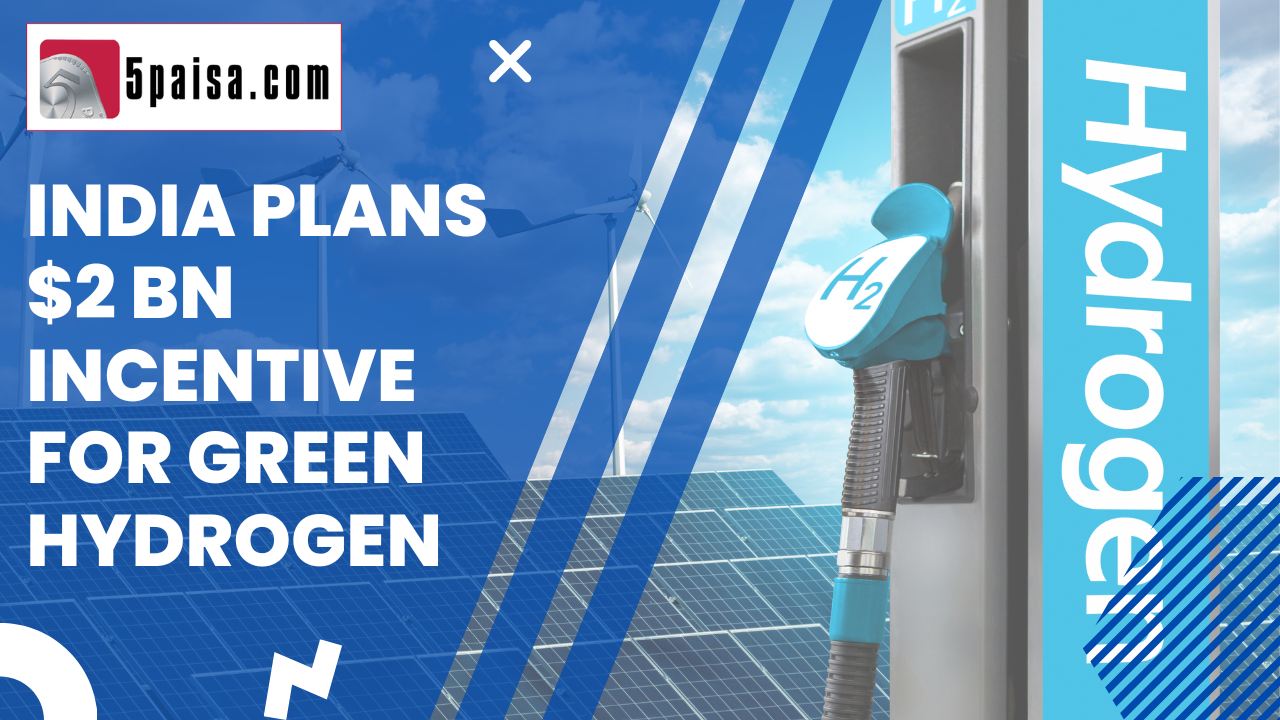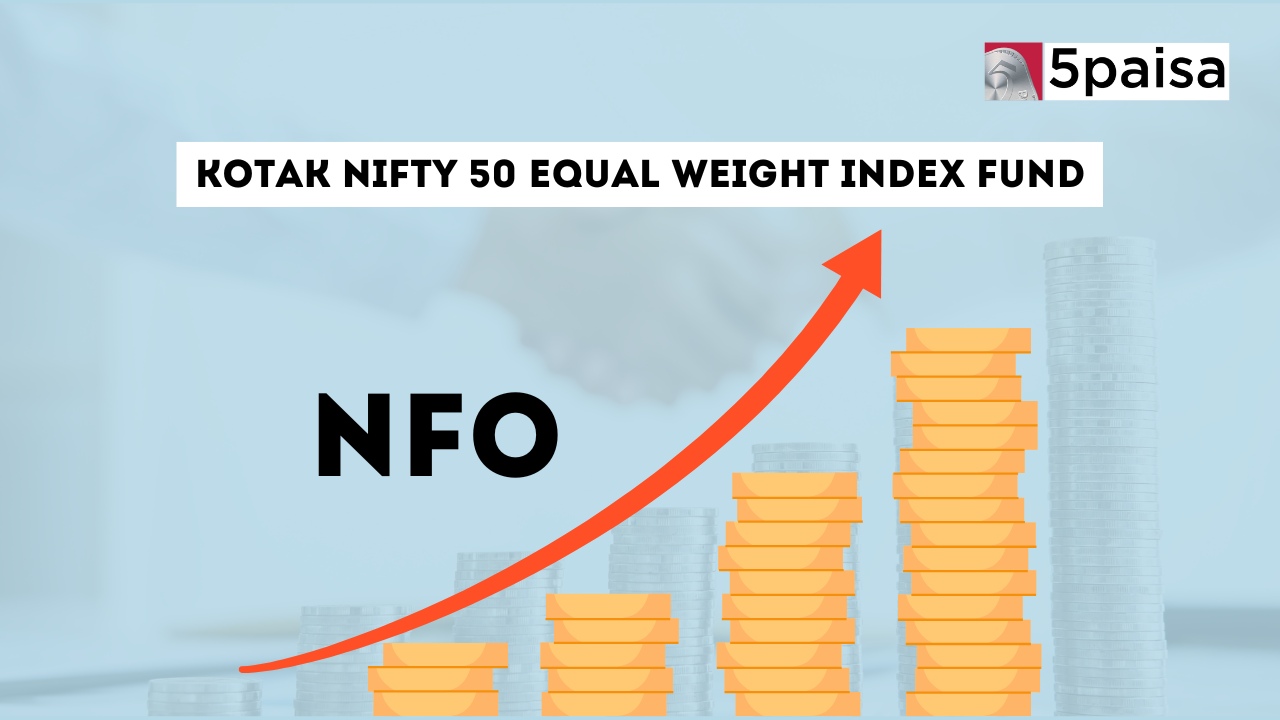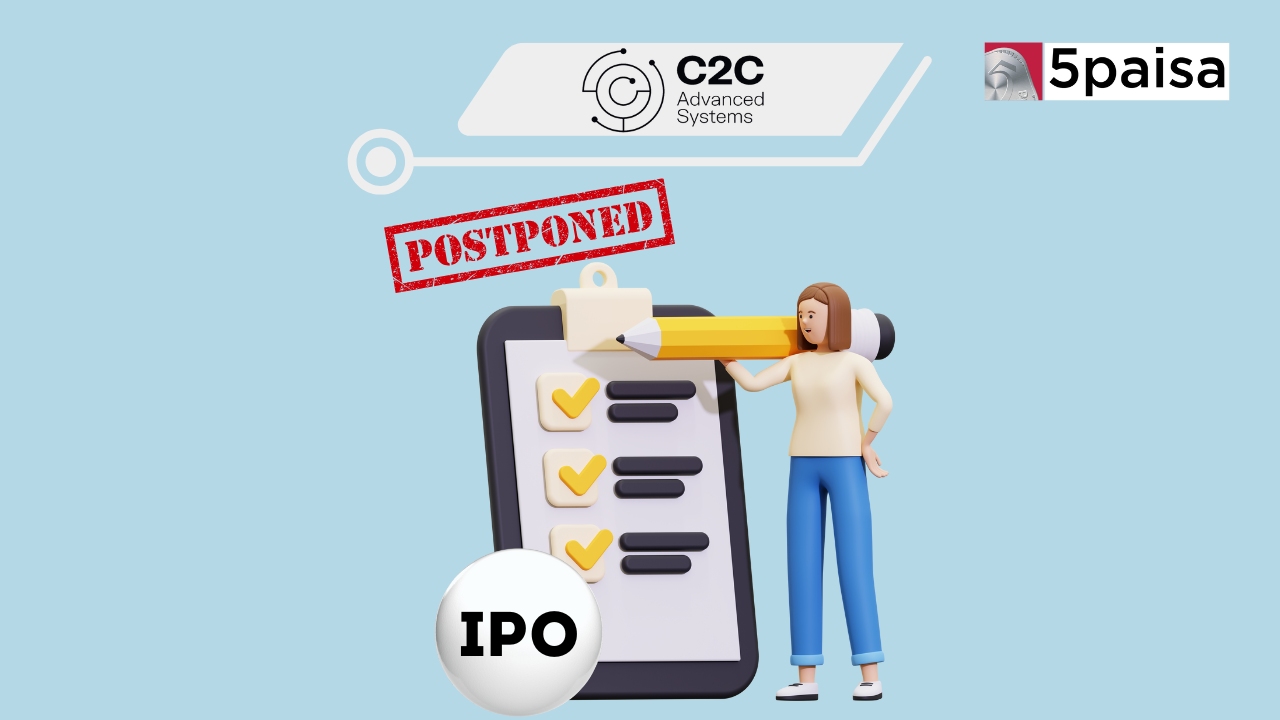SEBI's Actions Prompt Finfluencers to Reevaluate Advertising Strategies
India plans $2.2 billion incentive program for green hydrogen

Last Updated: 28th December 2022 - 05:12 pm
Green hydrogen, which is produced by electrolysis using renewable energy, is the big story I India. Now the government has decided to give a leg up to this green hydrogen business by giving incentives to the tune of $2.2 billion to boost the green hydrogen business in India. According to Reuters, India is now really serious about cutting its emissions and become a major export player in the field. It is not just the government but big players like the Reliance group, the Adani group, Indian Oil Corporation and NTPC are also planning to invest heavily in the field of green hydrogen. This government plan to give out incentives to the tune of nearly $2.2 billion or Rs. 18,000 crore could provide a big boost.
Of course, the government incentive is not just about output but about giving incentives by the government to its green hydrogen players so as to reduce the cost of production of green hydrogen by nearly 20% over the next 5 years. That would be a big boost to the use of green hydrogen, where the current prohibitive cost is the major bottleneck for the success of the project in India right now. How will the incentive program help. By encouraging and by incentivizing the building of scale in this business, the enhanced scale would go a long in reducing the cost involved. Currently the cost of green hydrogen ranges from Rs. 300 per KG to Rs. 400 per KG and a 20% reduction will really enable a more viable alternative.
Incentives to green hydrogen is not a focus in India alone. As the Russian ban on sale of oil to price cap countries is starting to take its toll, Europe is already in a severe energy crisis. This has only goaded Europe to work overtime to find a true blue alternative solution to the current energy crisis from a long term perspective. Even the US is not too behind. There were concerns that such incentive schemes by India may attract questions on indirect subsidies. However, with the global shift happening, fresh capacities would be welcome. Incidentally, the EU and the US have approved incentives worth billions of dollars for green hydrogen projects to be set up on a fast track basis.
A quick word on how green hydrogen is really produced. It is well known that hydrogen can be used as a fuel and it is also one of the cleanest fuels in the world today. Green hydrogen is like producing normal hydrogen by splitting water with an electrical process called electrolysis. If the electrolysers, that power the splitting of water into hydrogen and oxygen is based on green energy, then the entire process is referred to as green hydrogen and that is how the real benefits of green energy can be derived. In this case, the electrolysers, are powered by renewable energy, free of greenhouse emissions.
While the contours of the announcement are not yet known, it is very likely that the deal could be announced as early as in the Union Budget on the first of February 2023. It may be recollected that Indian companies like Reliance Industries, Indian Oil, NTPC, Adani Enterprises, JSW Energy and Acme Solar have big plans on green hydrogen. In fact, the Adani group alone is sinking billions of dollars into green hydrogen and into green ammonia. IN fact, the Adani group has a tie up with Total Energies of France to jointly create the world's largest green hydrogen ecosystem. This would not only enable mass scale production of clean hydrogen but also provide the incentives for others to jump in.
By 2030, the government estimate is that Indian companies may invest close to Rs8 trillion or $100 billion into green hydrogen and its derivative green ammonia. Now, green ammonia is made by combining nitrogen with hydrogen using renewable energy sources. This can be used extensively by the fertiliser industry and can also be used as a fuel as a convenient means of transporting hydrogen. The incentive structure is yet to be worked out but there are reports appearing in the media on what could be the contours of such incentives. For instance, green hydrogen incentives are likely to be split between manufacture of electrolysers, green hydrogen and green ammonia.
The total incentive of $2.2 billion will be split into $550 million for the manufacturing of electrolysers for a period of 5 years. In addition, the balance $1.65 billion, will be reserved for the production of green hydrogen and green ammonia over a period of 3 years. Broadly, the incentive for making green hydrogen is expected to be in the vicinity of Rs. 50 per kg for a period of 3 years. India will only use a small part of the green hydrogen for domestic uses while more than three-fourth will be exported to countries like South Korea, Japan and the European Union.
Trending on 5paisa
Discover more of what matters to you.
Indian Market Related Articles
Disclaimer: Investment in securities market are subject to market risks, read all the related documents carefully before investing. For detailed disclaimer please Click here.
 5paisa Research Team
5paisa Research Team





